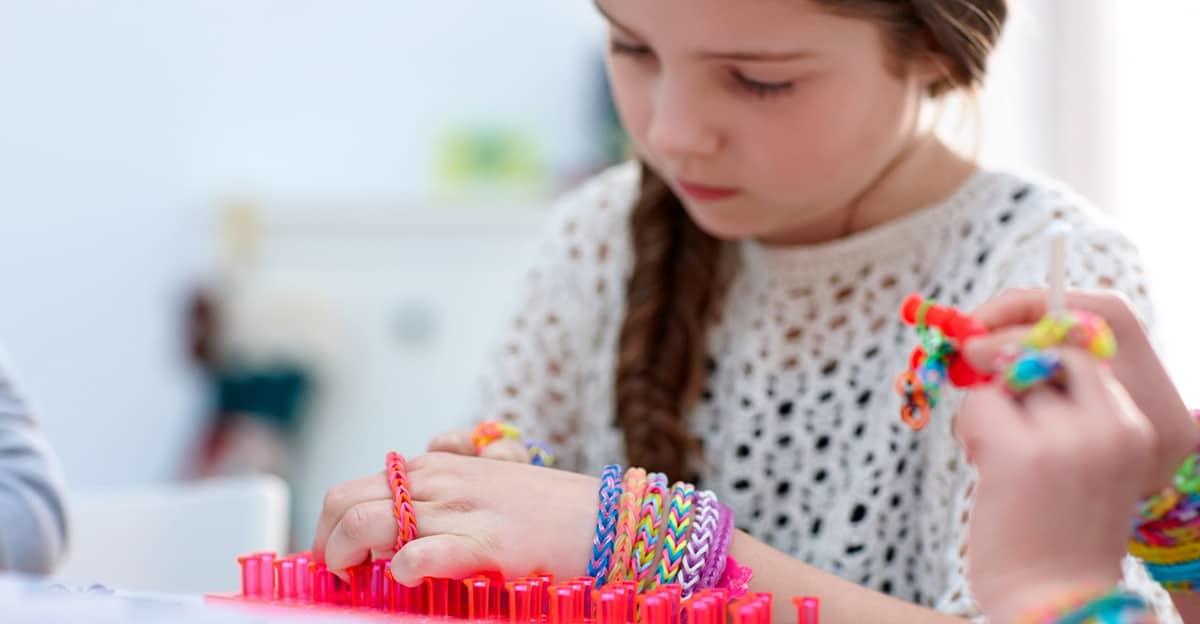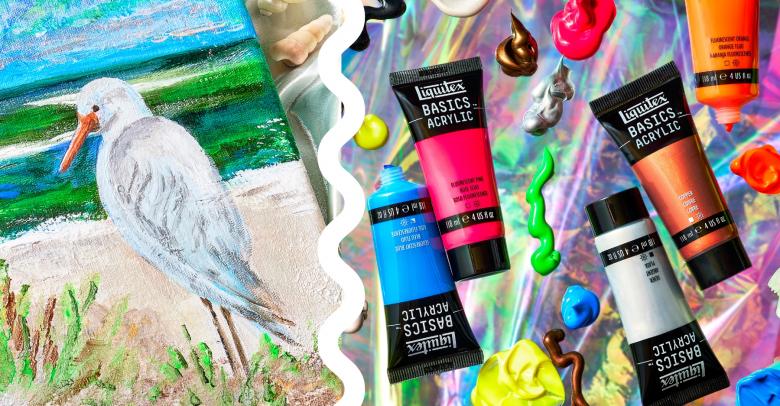As a veteran Occupational Therapist (OT), I was classically trained to use arts and crafts as therapeutic modalities for healing. Woodworking, ceramics, leatherwork, copper tooling, tile mosaics, needlework, and weaving were all incorporated in treatment sessions, especially for those with impaired cognitive and mental health function. Projective assessments like the Azima Battery and the Allen Cognitive Levels were designed to show how engaging in a manual task could reveal data on a patient’s ability to organize, problem solve, and develop effective coping strategies which would hopefully then extend outside of the therapy session into real life. As our world expanded into technology with smart phones, tablets, and social media, I think the art of manual purposeful activity was perhaps getting lost…until now.
Finding effective ways to cope with the turbulent times is key to success. Certainly, mindfulness practices, exercise, quiet time, regular routines, and other go-to strategies are recommended, but best practice may also include engaging in an art or craft activity. Here are some budget-friendly and inclusive ideas that are designed to engage and promote a sense of success and satisfaction.
Journals are a good option, especially for teens as an outlet for creativity and self-expression. Doodling is another easy choice and research supports that it may have benefits for auditory memory as well. Coloring books are still a mainstay in early childhood but have seen a resurgence the last few years to include adults as well. The Bic Intensity Calming Series is a perfect choice.
Scratch art is a budget-friendly and structured activity with simple directions that yield quick success. It’s great for younger students and/or those with special needs.
Gyotaku is an ancient Japanese technique of printing fish that has morphed into a popular art form. These Sax brand products provide various options to fit multiple sizes or skill levels.
Need an easy or portable option for ceramics? Crayola Model Magic is versatile and affordable to engage the sculptor in any child! And as a quick OT tip, this clay can be used to make an adapted grip as well! Simply place a handful of clay around the utensil (pencil, marker, spoon, etc.) then have the child gently squeeze the clay to form an impression. Once the clay dries, it becomes a custom adapted grip.
From an Occupational Therapy perspective, weaving has multiple benefits including improving upper extremity and fine motor skills while helping to build concentration, work speed, and patience. From small hand-held to table and floor mounts there are options for all skill levels.
Einstein is quoted as saying “It is the supreme art of the teacher to awaken joy in creative expression and knowledge.” As educators and therapists, we know that it’s more important than ever to engage in the art of purposeful activity.
Want even more ideas? Check out our digital flipbook for adapted art materials:
Cecilia Cruse
Cecilia Cruse, MS, OTR/L has a BS degree in Occupational Therapy from the University of Florida, and her Master’s degree in Education from Georgia State University. She is SIPT certified and has over 25 years of experience in pediatrics with school-based services, acute care, and outpatient pediatric settings.







Leave a Reply